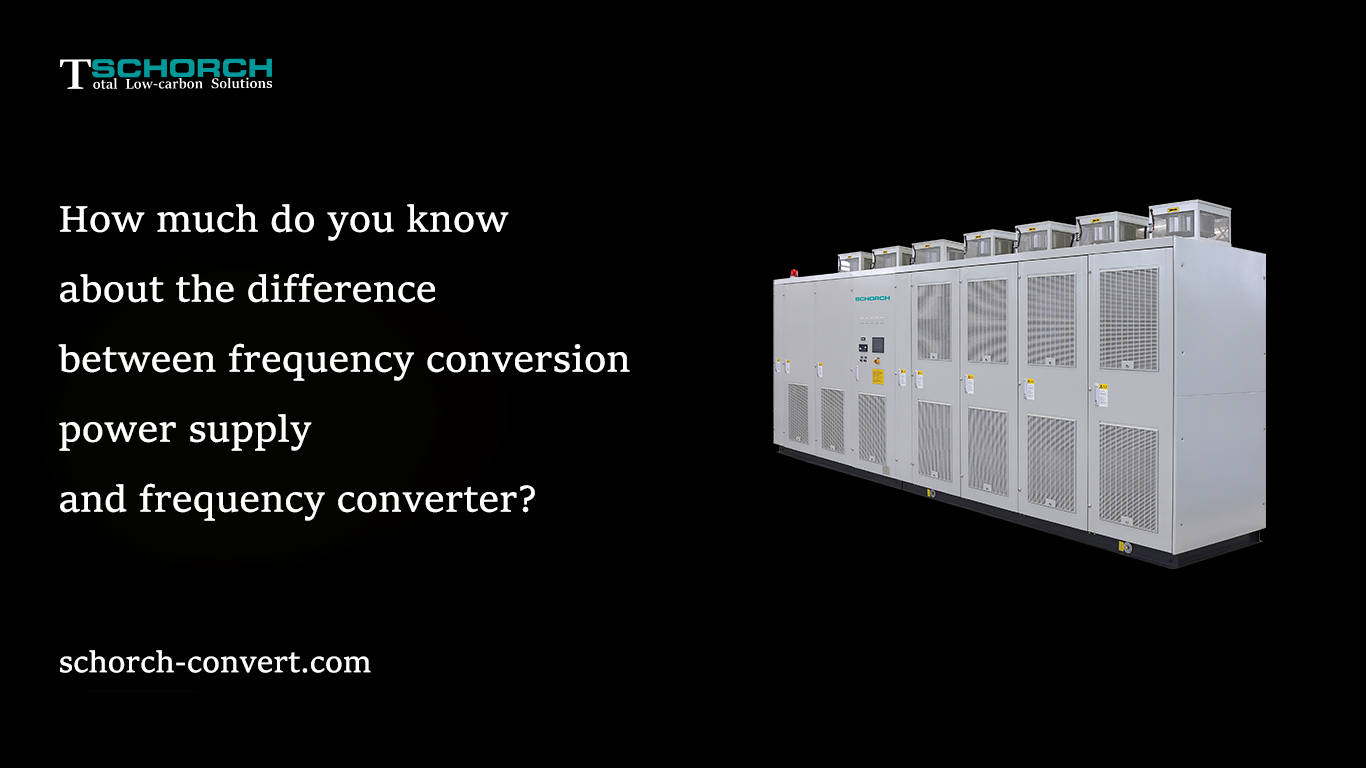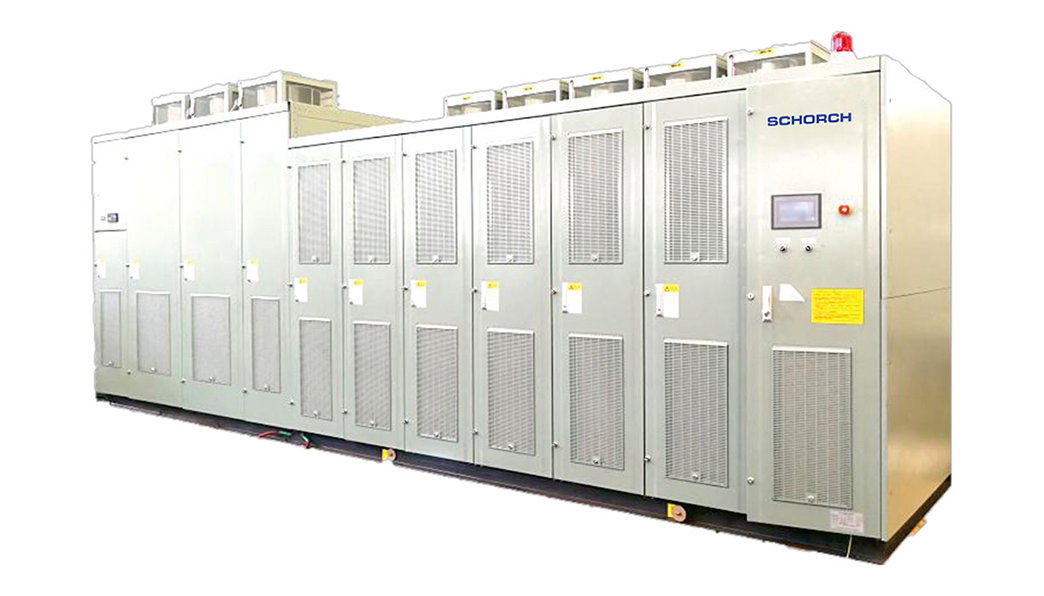




Frequency conversion power supply and frequency converter are often used in industrial production, so how much do you know about the difference between them? What is a frequency conversion power supply?
The frequency conversion power supply converts the AC power supply in the grid through AC→DC→AC, and outputs a pure sine wave. The output frequency and voltage can be adjusted within a certain range. It is different from the frequency conversion speed regulator used for motor speed regulation and the common AC power supply. There are two main types of frequency conversion power supply: linear amplifier and SPWM switch.

Difference between frequency conversion power supply and frequency converter
The frequency conversion power supply is a kind of frequency conversion device composed of the whole circuit and filtered by AC and DC, which is widely used. The frequency conversion power supply can not only simulate the output of different national power grids, but also provide pure, reliable, low harmonic distortion and high stability voltage and frequency sine wave power output for export electrical appliance manufacturers in design, development, production and testing. The frequency conversion power supply is very close to the ideal AC power supply, and can output the grid voltage and frequency of any country. The converter is composed of alternating current (AC), alternating current (AC modulated wave) and other circuits. The standard name of inverter should be inverter. The output voltage waveform is pulse square wave with many harmonic components. And the voltage and frequency change proportionally at the same time, which cannot be adjusted independently, and does not meet the requirements of AC power supply. In principle, it can't be used as a power supply, and is generally only used for speed regulation of three-phase asynchronous motors.
Stay connected
Be the first to know about our new product launches, latest blog posts and more. The production base of Schorch Electric Co., Ltd. is located in Suining City, Sichuan Province. It adopts the advanced technologies and manufacturing techniques of Europe. The production technologies are advanced, stable and reliable.
The production base of Schorch Electric Co., Ltd. is located in Suining City, Sichuan Province. It adopts the advanced technologies and manufacturing techniques of Europe. The production technologies are advanced, stable and reliable.
Any question or request?
Click below, we’ll be happy to assist. Contact us